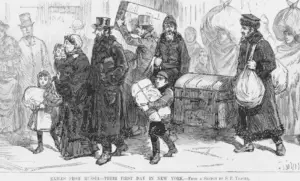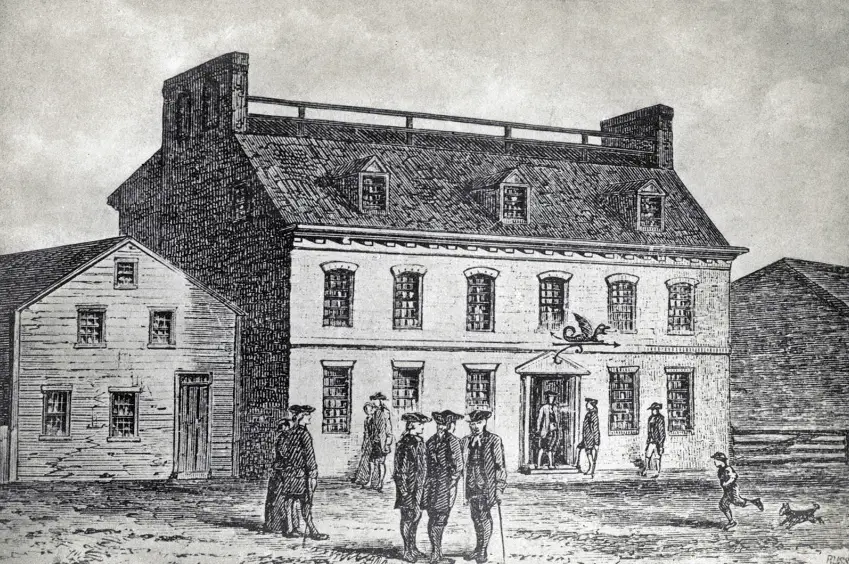In the realm of history books, words alone might not always do justice to the rich tapestry of the past. A well-crafted narrative can certainly transport readers to different eras, but the magic truly happens when words are complemented by captivating visuals. This is where the expertise of a historical illustrator comes into play. In this article, we’ll explore the myriad benefits of hiring a historical illustrator for your history book.
1. Bringing History to Life
History isn’t just a sequence of events; it’s a vivid tapestry of people, places, and moments. Skilled historical illustrators have the ability to breathe life into historical accounts by translating them into visually compelling images. Whether it’s a depiction of a pivotal battle, the daily life of a bygone era, or the architectural marvels of a civilization, visuals help readers connect with history on a more intimate level.
2. Enhancing Reader Engagement
In an age of short attention spans, engaging readers is no small feat. A well-illustrated history book not only captures attention but also holds it. Visuals provide a visual respite, breaking the monotony of text and making the reading experience more dynamic. This engagement is crucial for retaining readers throughout the narrative and ensuring that they absorb the historical content more effectively.
3. Aiding Comprehension
History can sometimes be a complex web of interconnected events and characters. Visual aids act as a guide, helping readers navigate through intricate historical narratives with greater ease. A carefully crafted illustration can clarify relationships between individuals, map out territories, and elucidate the cause-and-effect dynamics of historical events. This aids in a more comprehensive understanding of the subject matter.
4. Creating an Emotional Connection
Humans are inherently visual beings, and emotions play a pivotal role in our connection with the past. A historical illustrator can evoke emotions by skillfully capturing the nuances of historical moments. Whether it’s the jubilation of victory, the anguish of defeat, or the everyday struggles of a forgotten era, visuals have the power to elicit empathy, forging a deeper emotional connection between the reader and the historical narrative.
5. Setting the Mood
The atmosphere of a historical period is as important as the events themselves. A well-chosen color palette, attention to detail, and an understanding of historical context enable an illustrator to set the mood effectively. Whether it’s the warm hues of a Renaissance painting or the stark contrasts of a wartime illustration, visuals contribute to creating an immersive experience that transports readers to a different time and place.

6. Adding Authenticity
Accuracy is paramount in historical storytelling. A historical illustrator goes beyond artistic talent; they delve into meticulous research to ensure that every detail in their illustrations is historically accurate. From clothing styles to architectural details, these illustrations serve as a visual time capsule, providing readers with an authentic glimpse into the past.
7. Showcasing Perspectives
History is often written from a particular perspective, but visuals offer the opportunity to showcase multiple viewpoints. By presenting events from different angles or depicting the experiences of various social groups, a historical illustrator can contribute to a more nuanced and inclusive representation of history. This diversity adds depth to the narrative, fostering a richer understanding of the past.
8. Filling in the Gaps
Some historical accounts may lack visual documentation, leaving gaps in our understanding of a particular period. A skilled historical illustrator can step in to fill these gaps, using their artistic interpretation to recreate scenes that may have been lost to time. This not only adds value to the historical narrative but also sparks curiosity and imagination in the reader.
9. Boosting Memorability
Studies show that visuals enhance memory retention. By incorporating illustrations, a history book becomes more memorable, with key events and figures etching themselves into the reader’s mind. This increased memorability not only benefits casual readers but also serves as a valuable educational tool, particularly for students studying history.
10. Expanding the Audience Reach
A visually appealing book has the potential to attract a broader audience. Visual elements make the content more accessible to readers of all ages and backgrounds, breaking down potential barriers to entry for those who might find purely text-based history books daunting. This expanded reach ensures that the historical narrative reaches a diverse and varied audience.
11. Navigating Complex Geopolitical Shifts
Geopolitical changes are often intricate and multifaceted. A historical illustrator can simplify these complexities by visually mapping out the shifts in borders, alliances, and power dynamics. Through carefully designed illustrations, readers can grasp the geopolitical landscape of a particular era at a glance, fostering a clearer understanding of the historical context.
12. Illustrating Technological Advancements
From ancient inventions to modern innovations, the trajectory of technology shapes the course of history. A historical illustrator can visually narrate the evolution of technology, showcasing everything from rudimentary tools to groundbreaking inventions. This visual timeline not only highlights human ingenuity but also provides readers with a tangible sense of progress through the ages.
13. Capturing Cultural Evolution
Cultural shifts are intrinsic to the ebb and flow of history. A historical illustrator can capture these changes by visually representing the evolution of art, fashion, and societal norms. These illustrations become windows into the soul of a particular era, allowing readers to witness the cultural vibrancy or conservatism that defined different periods throughout history.
14. Animating Historical Figures
Biographies and historical accounts often center around notable figures. A historical illustrator can breathe life into these characters, going beyond static portraits to depict them in dynamic scenes. Whether it’s a statesman delivering a crucial speech or a scientist conducting groundbreaking experiments, these animated depictions add a layer of personality to historical figures, making them more relatable to readers.
15. Showcasing Environmental Impact
The environment plays a pivotal role in shaping historical events. Illustrations depicting landscapes, climate changes, and the impact of human activities on nature provide a holistic view of history. This ecological perspective adds depth to the narrative, illustrating how the environment is not just a backdrop but an active participant in the unfolding drama of human history.
Hiring A Historical Illustrator – Conclusion
In the ever-expanding tapestry of history, the role of a historical illustrator is indispensable. Beyond the realms of battles and political intrigue, they illuminate the complex facets of geopolitics, technological progress, cultural nuances, the lives of historical figures, and the environmental backdrop. These additional dimensions enrich the historical narrative, transforming it into a comprehensive and immersive experience.
So, as you embark on your historical writing journey, consider the holistic contribution that a historical illustrator can make, turning your words into a visual symphony that resonates with readers across time and backgrounds. The fusion of text and visuals isn’t just a luxury; it’s a necessity for those seeking to unveil the true essence of the past.




